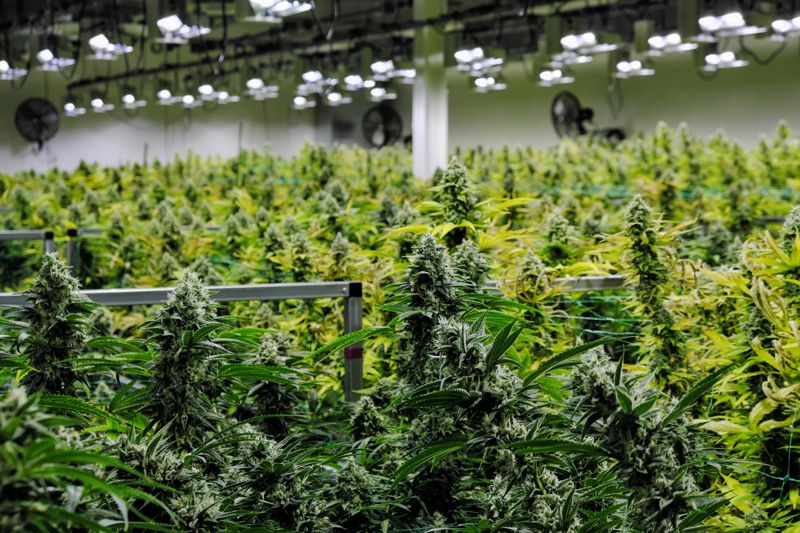By Susan Bongtag

Everyone knows the same handful of 420 origin myths—that it refers to the number of compounds in weed, or the police code for cannabis use in certain places—but those are mostly just myths and misinformed jokes that picked up momentum across decades of retellings. So what’s the real story behind cannabis’ (un)official number?
It’s not a shock to find it all started in California. During the fall of 1971, Steve Capper was given a treasure map to a supposedly undiscovered patch of marijuana that had been planted by a member of the Coast Guard. The story goes that the weed-growing coast guardsman got paranoid about being caught and gave the map to his brother, who passed it on to Steve, who planned to harvest the crop with the family’s permission.
As told in High Times just last year, Steve and his four closest friends agreed to start meeting at 4:20pm in front of a statue of Louis Pasteur to catch up and search for the patch. And while they never found the secret weed crop, the friends—who referred to themselves as “Waldos” because they also regularly met up near a wall—had a transcendental blast exploring the northern California mountains.
Needing a code name to help throw people off the scent of their treasure hunt—especially because one of the Waldos’ fathers worked for the Bureau of Narcotics Enforcement—the Waldos began referring to the whole project as “4:20 Louie,” in reference to the original meeting spot.
Over time, “4:20 Louie” became “4:20,” which then became more simply “420,” or sometimes more specifically, “4/20”… and so the legend was born.
Now 420 is an immediately recognizable phrase across the whole of American culture—some
official legislation even includes the phrase. You can be talking about cannabis in Massachusetts, on the other side of the country, or even talking about cannabis on the other side of the world, and 420 can always serve as an official shorthand. At this moment, 420 is one of the very few truly universal symbols for cannabis and cannabis-friendly culture, like putting your thumb and forefinger together in the joint-holding pose.
As for the Waldos, they’re still friends to this day, and live within miles of each other. In 1998, they decided to contact High Times in order to prove that they originated the phrase, resulting in the first of many articles mentioning them in that magazine, and then made an
incredibly cute and funny website to showcase their story and proof.
They also sell
glow-in-the-dark 420 watches, the proceeds from which are donated to organizations devoted to reforming marijuana laws.
Capper once said: “We’re as close as brothers if not closer. We’re constantly in touch and never miss each other’s important milestones. Our wives accept our relationship and our children have always been accepting of the extended Waldo family.”
The story of the Waldos does explain how the phrase became popular on the west coast, but not so much how it became popular nationwide. What happened there?
According to a Time Magazine story, one of the Waldos’ older brothers became a manager for Grateful Dead’s bassist Phil Lesh, and the Waldos ended up frequenting parties with the Dead, even watching their dogs while they toured. It became an accepted part of the Dead’s lexicon, which made it an accepted part of all smoker lexicon, and the rest—as far as 420 is concerned—is history.


![Our Melrose Mural is coming along beautifully! Have you seen it being worked on? 🎨
Mural art by: © [Sarah Egan, July 2024] @sarahegan.art @newartcenter](https://gardenremedies.com/wp-content/plugins/instagram-feed/img/placeholder.png)

